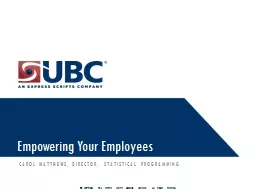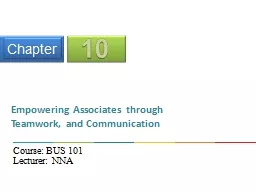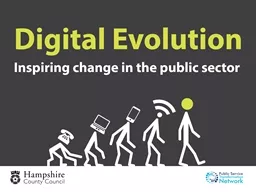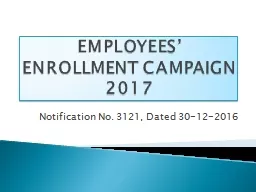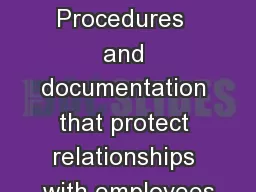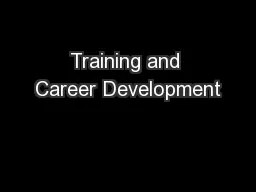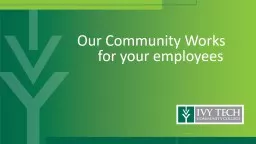PPT-Empowering Your Employees
Author : stefany-barnette | Published Date : 2018-11-04
Carol matthews director statistical programming What does it mean to empower your employees Key elements of an empowered workforce Techniques and practices to
Presentation Embed Code
Download Presentation
Download Presentation The PPT/PDF document "Empowering Your Employees" is the property of its rightful owner. Permission is granted to download and print the materials on this website for personal, non-commercial use only, and to display it on your personal computer provided you do not modify the materials and that you retain all copyright notices contained in the materials. By downloading content from our website, you accept the terms of this agreement.
Empowering Your Employees: Transcript
Download Rules Of Document
"Empowering Your Employees"The content belongs to its owner. You may download and print it for personal use, without modification, and keep all copyright notices. By downloading, you agree to these terms.
Related Documents

